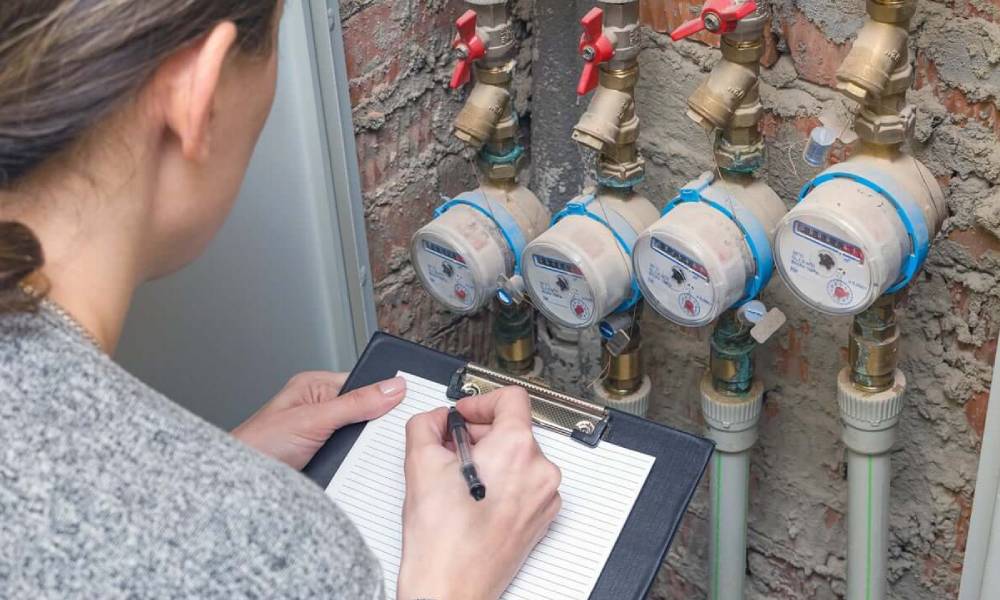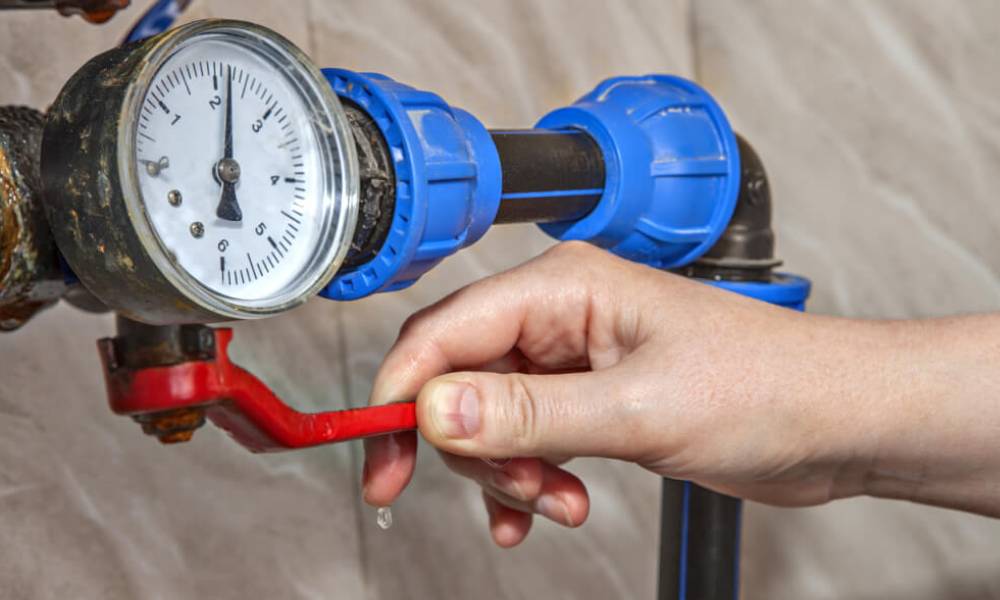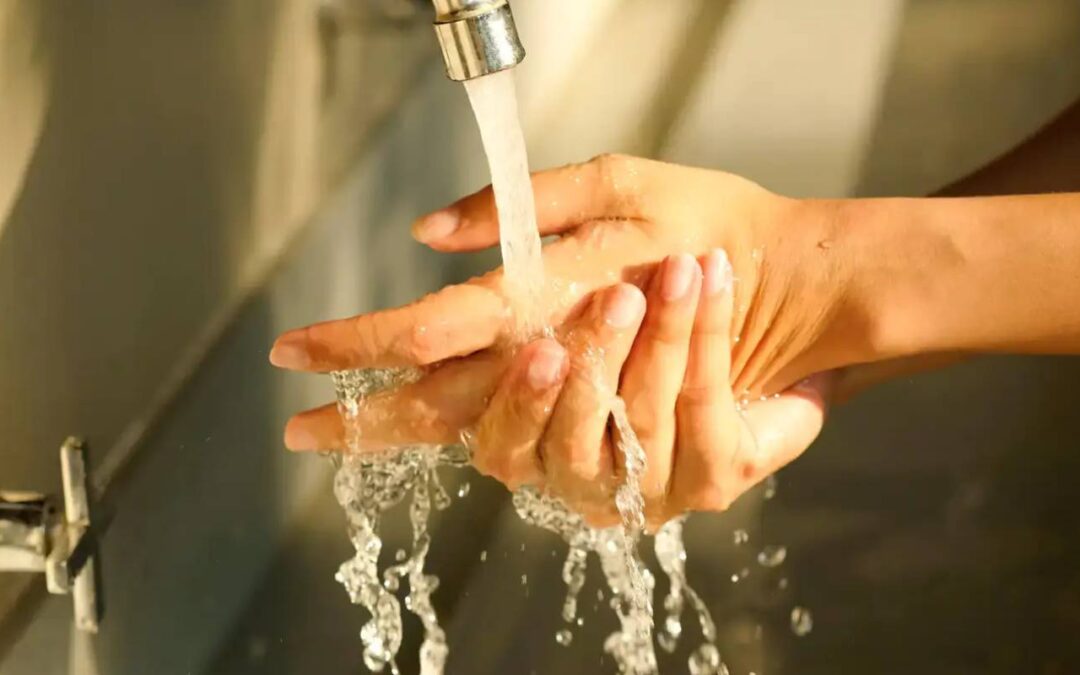Water pressure plays a vital role in the functionality and convenience of our daily routines, from taking showers to washing dishes. However, many homeowners often encounter the frustration of low water pressure. Many elements, such as pipe blockage, leaks, problematic pressure valves, etc, can cause low water pressure. If you are facing this issue, don’t worry! Keep reading to find out the common causes of low water pressure and practical solutions to solve the issue.
Causes of Low Water Pressure
- Clogged Pipes: Mineral deposits, corrosion, and debris can accumulate within pipes over time, lowering diameter and obstructing water flow.
- Faulty Pressure Regulator: A defective pressure regulator, which maintains consistent water pressure, might result in low or variable water pressure.
- Water Leaks: Leaky pipes or fixtures can cause low water pressure because water can escape before reaching the designated outlets.
- Corroded Plumbing: Corroded plumbing systems can limit water flow, causing low water pressure.
- Municipal Supply Issues: Low water pressure can be caused by municipal supply system issues such as high demand, maintenance work, or supply line issues.
- Inadequate Main Supply Line: If the main supply line to your home is too narrow, the amount of water flowing into your home may be limited.
How to Increase Water Pressure
You can increase the water pressure in your home by following the guidelines discussed below:

Check for Leaks
Check your entire plumbing system for any leaks. Look for damp walls, dripping faucets, or unusually high water bills. If you suspect any leak, repair it immediately or replace the affected pipes to conserve water and improve overall water pressure.
Clean Clogged Aerators and Showerheads
The faucet aerators and showerheads can accumulate debris and mineral deposits over time, obstructing water flow. Remove the clogged fixtures, dip them in vinegar for a few hours to dissolve the debris, scrub with a brush, wash thoroughly and then reinstall. This simple practice can make a noticeable difference in water pressure.
Clear Clogged Pipes
For clogged pipes, you can use professional pipe cleaning solutions or natural cleaning options such as baking soda and vinegar. If the problem persists, it is recommended to contact professional plumbing assistance. A plumber can utilise specialised tools such as hydro-jetting to eliminate tough clogs and restore water flow.
Repair or Replace the Faulty Pressure Regulator
If you believe the pressure regulator is causing low water pressure, call a plumber to inspect and, if required, replace the defective regulator. A good working pressure regulator maintains a consistent water pressure level throughout your home.
Install a Booster Pump for Water Pressure
To improve water pressure throughout the house, a water pressure booster pump can be put on the main supply line. These pumps work by raising the pressure of the water before it reaches your home, ensuring appropriate pressure even on upper levels.
Resolve Municipal Supply Issue
If you feel that municipal supply problems cause low water pressure, contact your local water authority to report the issue. They can offer insights and estimated time frames for fixing the problem. While you may not be able to address municipal supply issues, remaining aware can help you manage your water usage more effectively.

Consider Getting a Water Softener
Installing a water softener can help if mineral deposits and scale buildup in the pipework cause your low water pressure. Water softeners remove hard minerals from water, which prevents scale buildup and improves water flow.
Upgrade the Plumbing System
If you have an old plumbing system, consider upgrading it to modern, wider pipes. This can significantly improve water flow and increase water pressure.
Conclusion
Dealing with low water pressure can frustrate you, but identifying its cause and following the guidelines discussed in this article can help you increase your water pressure. Whether it’s addressing clogged pipes, fixing leaks, or upgrading your plumbing system, these steps will help you achieve optimal water pressure and enhance your overall water usage experience.

